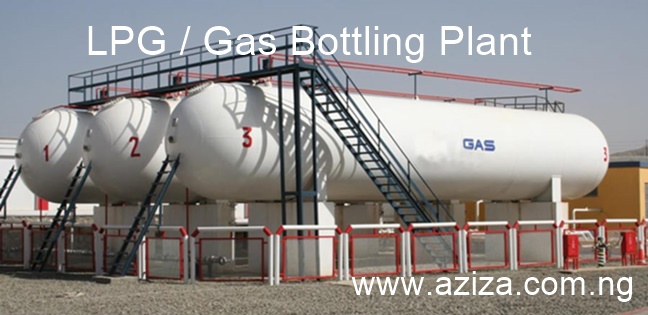In this post, we explained the Nigerian approved Standard in LPG Filling Station Configuration and Construction and Standard Configuration and Working Principle of LPG Filling Station.
In many countries, LPG / Gas Station Construction and Operation Standards slimly differs. But the model is mostly the same in most countries. Many other nations are modifying the LPG Station Construction Standards to enshrined more helat, safety and environment issues.
LPG filling station standard hydrocarbon pump, motor, pulley, base, alarm, frequency converter, control box, spray water pipe, float type liquid level gauge, thermometer, safety valve, safety return valve, filter, check valves, ball valves, globe valves, pipeline safety valves, unloading tubes, anti-vibration tubes, flanges, metal pads, 8.8 bolts, electronic filling scales, pipes, and lower shelves.
Read: LPG Design and Installation Services
LPG skid filling station is not only safe and reliable, but more importantly practical LPG skid filling station does not have enough space for liquefied gas station to arrange equipment, how to arrange all supporting equipment in a small space and let it work safety. Need designers to conceive. The working principle of the LPG skid filling station mainly includes the following.
- There must be safe and reliable circuit systems. Pumps, electronic filling scales and compressors all need electricity to drive. The circuit must also be designed to be simple and easy to operate. When the motor is purchased, it is necessary to pay attention to the explosion-proof anti-static type. Because the liquefied gas is in the spark, the concentration is too high and it is easy to explode.
- The complete liquid phase gas phase, and reflux system, which requires the designer to be very familiar with the principle of the liquefied gas station. When the liquid phase, gas phase and tank truck of the skid station are connected, the liquefied gas in the tanker is in the compressor. Fill the tank under pressure.However, the LPG Filling Plant is generally small, if the loading and unloading operation speed is too fast, the tank of the LPG Filling Plant can not accommodate too much liquefied petroleum gas at a time, and there is a danger. Therefore, the designer will design a return line on the liquid phase pipeline and install a safety valve on the pipeline. Once the pressure inside the pipeline is too large, the safety valve will start to jump and leak excess liquefied gas propane, thus ensuring the overall Safety.
- The emergency shut-off valve and concentration alarm will be installed in the place where the tank of the LPG Filling Plant is connected with the pipeline. In case of leakage or sudden situation, double insurance can be provided.
Read: LPG Tank Sales and Manufacturing
Nigerian Standard in LPG Filling Station Configuration and Construction.
In Nigeria, the regulatory body has approved the below standard for Liquefied Petroleum Gas (LPG) Filling Station/ Plant Configuration and Construction.
- Liquefied Petroleum Gas must be stored under pressure in vessels designed to withstand safely the vapor pressure at the maximum temperature. Construction of such vessels must be to an acceptable design code such as;
- The Nigerian Standards Organization approved standard on pressure Vessels and Liquefied Petroleum Gas containers N1 S220/85.
- The American Society of Mechanical Engineers (ASME) boiler and pressure for use in the chemical, petroleum and allied construction, test and certification.
- The American Petroleum Institute standard 2510(2).
- The British Standards (BS) 1500 PART 1, fusion welded pressure vessels for use in the chemical, petroleum and allied Industries pr BS15500 for new vessels design, construction, test and certification.
- The installation/construction of piping, instruments and the plant must be carried out by an accredited DPR Company.
- The materials used for the construction of the filling shed must be noninflammable material.
- The filling shed must be open-sided for good ventilation.


